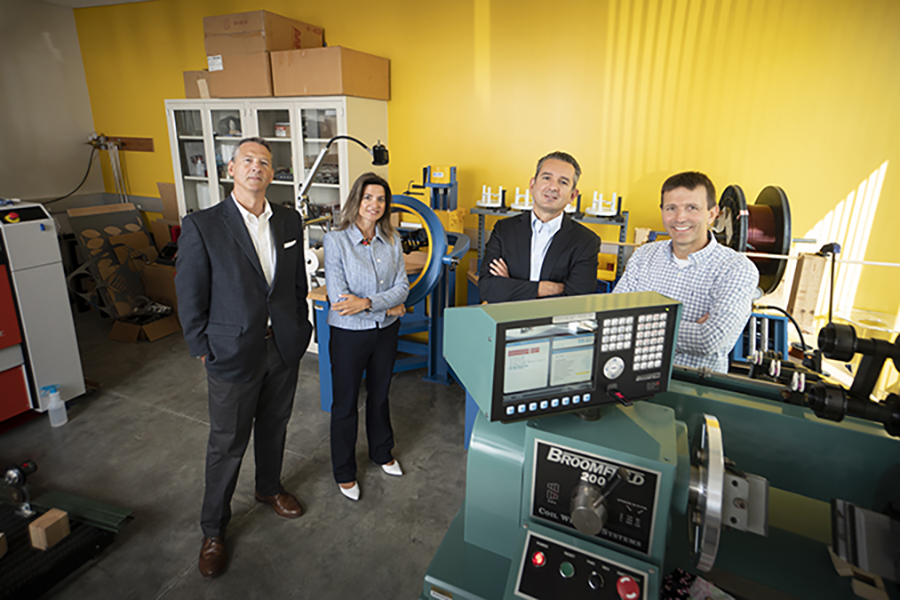Building the first highway segment that can charge electric vehicles as they drive

If you've wanted an electric vehicle but worry how far you could drive between charges, Purdue University engineers and the Indiana Department of Transportation are working on a solution: highways that could wirelessly charge EVs on the go.
An electrified highway in Indiana would serve much of the nations traffic. Eighty percent of the U.S. is within a days drive from the states pass-through highways.
The research team, including Dionysios Aliprantis, professor of electrical and computer engineering, and Aaron Brovont, a research assistant professor of ECE, plans to construct a quarter-mile test bed to provide power to heavy-duty trucks on U.S. Highway 231/U.S. Highway 52 in West Lafayette. In the next several years, the hope is to electrify a section of interstate.
The results of this study are a step toward figuring out how to transfer high power to longer stretches of pavement at highway speeds and equip EVs to obtain power along them. As reported by The New York Times, CNBC, Scripps, and other news outlets, the research has the potential to define the future of EV charging.
The project is funded by INDOT through the Joint Transportation Research Program at Purdue. It is also affiliated with a National Science Foundation Engineering Research Center called Advancing Sustainability through Powered Infrastructure for Roadway Electrification (ASPIRE). Utah State University leads ASPIRE in partnership with Purdue, the University of Colorado Boulder, the University of Texas at El Paso and the University of Auckland in New Zealand. Nadia Gritzka, associate professor in the Schools of Civil Engineering and Agricultural and Biological Engineering, is the campus director of ASPIREs Purdue location.
Researchers anticipate it may be 20 to 30 years before EVs can receive the power they need while driving at highway speeds. It would be up to manufacturers to decide whether to incorporate receiver coils into their vehicles.
